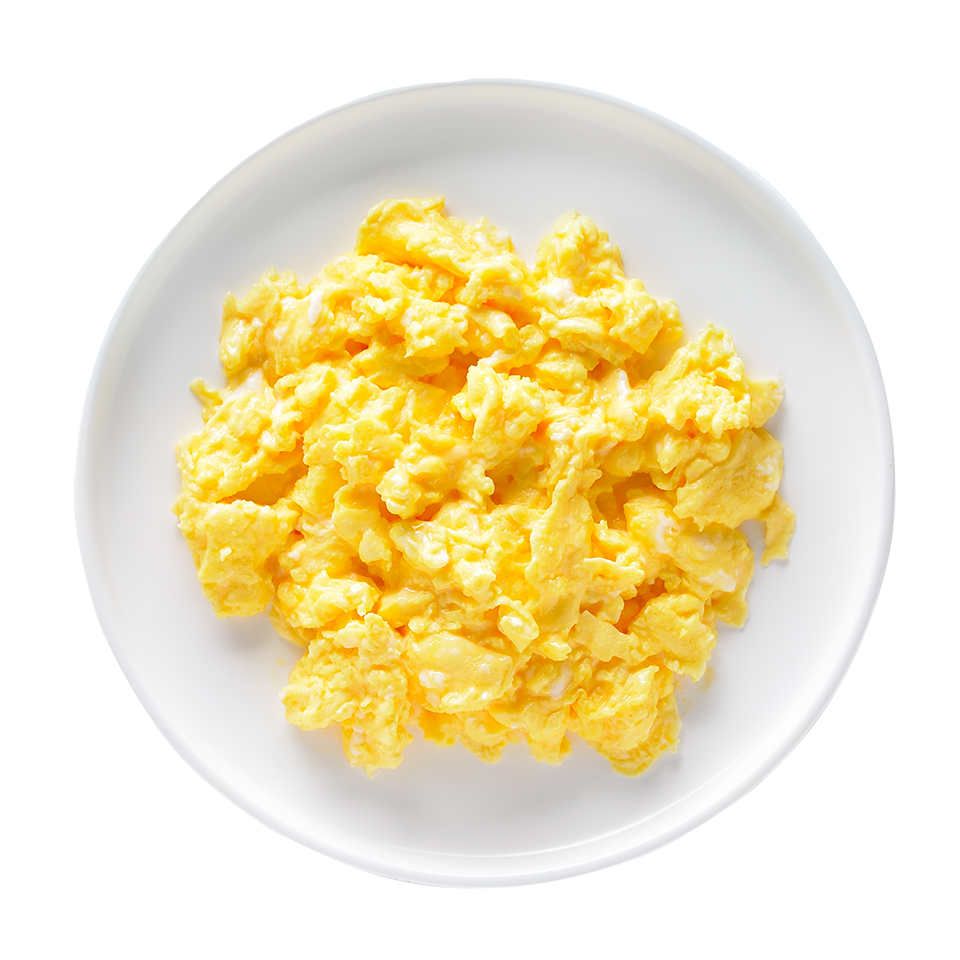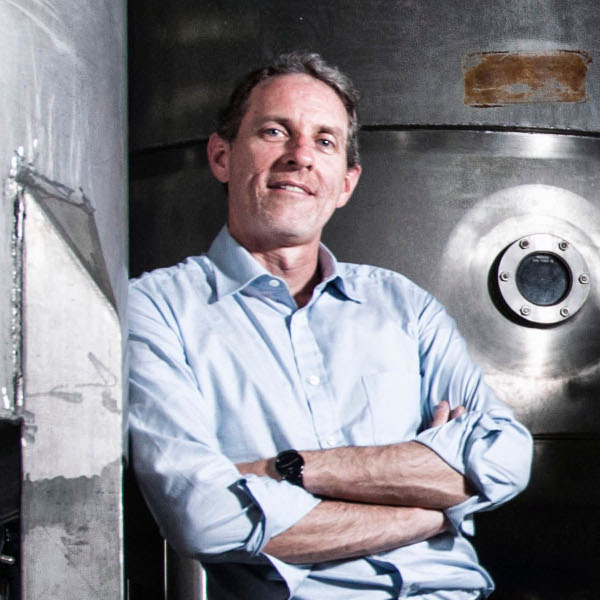22.03.2023 News
Textiles Plants Materials sciences
Textile concrete for sustainable building
Fraunhofer researchers have developed a natural fiber reinforcement for concrete that can be a bio-based alternative to synthetic fibers.
22.03.2023 News
Textiles Plants Materials sciences
Fraunhofer researchers have developed a natural fiber reinforcement for concrete that can be a bio-based alternative to synthetic fibers.

30.03.2023 Product
Food Plants
Reports on egg factory farms and the health condition of hens has spoilt some people's appetite for eggs. But eggs without chicken – is that possible? Innovative plant-based products conquer the market.
24.03.2023 News
Machine and plant engineering unspecific Plant and process engineering
For more sustainability in soft robotics, a Max Planck research team has developed artificial muscles made of gelatin, oil and bioplastics.
27.03.2023 News
Chemistry Plants Biotechnology/Systems biology
Researchers have succeeded in harnessing electrons from the early stages of photosynthesis.
30.03.2023 News
Chemistry Waste Biotechnology/Systems biology
Researchers at the University of Jena have extracted activated carbon from brewer's grains and used it as a raw material for the production of electrochemical energy storage systems.

07.12.2023 Product
Consumables Plants
Most users know that the production of smartphones places a heavy burden on the environment. But protective covers made of plastic can also be harmful to humans and nature. Manufacturers use plant-based plastic alternatives to develop more sustainable products.
03.04.2023 News
Chemistry Plants Biotechnology/Systems biology
With COLIPI and traceless materials, two German start-ups have qualified for the finals of the "Renewable Material of the Year 2023" award.
05.04.2023 News
Chemistry Waste Biotechnology/Systems biology
Researchers have developed a new bio-composite material that is made from CO2-neutral raw materials and is biodegradable.
11.04.2023 News
Chemistry Waste Chemistry
To close urban carbon cycles, researchers at the University of Kassel want to investigate whether activated carbon made from potato peels, food scraps and other kitchen waste is suitable for wastewater treatment.
06.04.2023 News
Agriculture and forestry Plants Agriculture sciences
Researchers have been able to demonstrate that the rewetted cultivation areas of peat mosses are genuine greenhouse gas sinks. This could save up to 85% of CO2 emissions.
14.04.2023 News
Chemistry Microorganisms Biotechnology/Systems biology
Biotech company AMSilk has raised an additional €25 million in a Series C financing round to advance its global market presence.
12.04.2023 Studies and statistics
unspecific unspecific Biodiversity
Forests are also suffering from an increasingly severe insect mortality. According to a study by the Technical University of Darmstadt, this also has an impact on other organisms.
19.04.2023 News
Food Plants Agriculture sciences
The construction of the CUBES Circle research facility has taken an important step forward: The shell of the building has now been unveiled on HU Berlin's Dahlem campus. The circulation system for urban food production is scheduled for completion in the fall.
17.04.2023 News
Chemistry Microorganisms Biotechnology/Systems biology
Researchers in Leipzig have improved the efficiency of an enzyme that can degrade the plastic familiar from bottles.
20.04.2023 News
Food unspecific Agriculture sciences
The Venture Lab of the TU Munich has a new partner: The food company Dr. Oetker will support start-ups in the field of food-agro-biotech.
26.04.2023 News
Agriculture and forestry Plants Agriculture sciences
Thanks to artificial intelligence, the plant identification app can now recognize three times as many plants - and with greater accuracy.
25.04.2023 News
Textiles Plants Materials sciences
A research collaboration has developed a sustainable alternative for the production of organosheets.
02.05.2023 News
Chemistry Plants Chemistry
Fraunhofer researchers have expanded the range of sustainable bioplastics with a new type of polybutylene succinate (PBS) and produced a first product from it.
09.05.2023 News
Agriculture and forestry Plants Agriculture sciences
A study shows how to most effectively create fallow land to strengthen biodiversity.
05.05.2023 News
Chemistry Waste Chemistry
"Eat, don't dispose" - with this in mind, students have developed bio-based packaging from food waste that can be eaten.
04.05.2023 News
Chemistry Microorganisms Biotechnology/Systems biology
A team from the Technical University of Munich has developed a cell-free bioprocess in which the important protein building block L-alanine is produced from CO2 and hydrogen.
11.05.2023 News
Chemistry Plants Chemistry
Researchers have developed a bio-based coating that protects against moisture and heat while being edible, allowing its use in food.
15.05.2023 News
Agriculture and forestry Plants Agriculture sciences
A study by Göttingen researchers shows for the first time the importance of insect, spider and millipede biodiversity for the forest ecosystem.
16.05.2023 News
Energy Microorganisms Environmental technology
Microorganisms that react to magnetic fields can eliminate contamination with heavy metals.
17.05.2023 News
Agriculture and forestry Plants Agriculture sciences
By cultivating various legumes in the Franconia-Hohenlohe region, researchers aim to expand the local portfolio of plant-based foods and establish regional value chains.
06.07.2023 Success story
Agriculture and forestry Plants Agriculture sciences
The BonaRes project SUSALPSII investigates how climate change in the Alps affects the productivity of grassland soils and how management can be changed in the future.
14.07.2023 News
Agriculture and forestry Plants Agriculture sciences
In Hesse, the cultivation of deep-rooted spice plants in wheat fields is being tested to improve the nutrient and water supply of the soil.
18.07.2023 News
unspecific Microorganisms Biotechnology/Systems biology
For the first time, it has been possible to study organisms that feed on nitric oxide in greater detail.

13.07.2023 Interview
Food unspecific unspecific
Ian O`Hara is a biotechnology professor in Brisbane and a leading expert on the Australian and international bioeconomy scene. He recently visited Germany.
21.07.2023 News
Agriculture and forestry unspecific Biodiversity
Even in remote mountain lakes, the researchers found higher concentrations of microplastics than in subtropical trash swirls.
24.07.2023 News
unspecific unspecific unspecific
The implementation of the bioeconomy strategy in North Rhine-Westphalia can only succeed if the population is involved and the benefits of biobased technologies are highlighted more clearly.
25.07.2023 News
Chemistry Animals Materials sciences
Researchers have discovered an effect in springtails that could be used to make new materials.
26.07.2023 News
Chemistry Plants Chemistry
Researchers at Munich University of Applied Sciences want to establish annual plants such as miscanthus as an alternative raw material to wood for the paper industry.
05.10.2023 Success story
Food unspecific Social sciences
A study has analyzed the innovation systems of insect, plant and cultured meat products.
01.08.2023 News
Food Microorganisms Biotechnology/Systems biology
A survey by Bitkom Research shows: More and more people can imagine eating cell-based meat from 3D printers and see this as a contribution to more sustainable food production.
04.08.2023 News
Chemistry Plants Chemistry
Partners from research and industry have developed new synthetic routes for the use of plant-based polymer thickeners for rolling bearing greases, making them almost 100% bio-based.
Mon, 08/21/2023 - 12:00 In-depth report
unspecific unspecific unspecific
Space is an extraordinary and fascinating environment. Biobased innovations can help open up the universe as a space suitable for living. At the same time, satellites and other innovations in space research help to further develop the bioeconomy on Earth.
09.08.2023 News
Chemistry Microorganisms Biotechnology/Systems biology
Konstanz researchers have shown that the mineral plastic they developed with self-healing properties can now also be degraded by microorganisms through the use of a biopolymer.
08.08.2023 News
Chemistry unspecific Biotechnology/Systems biology
As a novel class of materials, biocatalysts are particularly durable and active.

03.08.2023 Interview
Food Microorganisms Agriculture sciences
Hamburg-based startup MicroHarvest uses microorganisms to produce healthy and tasty proteins.